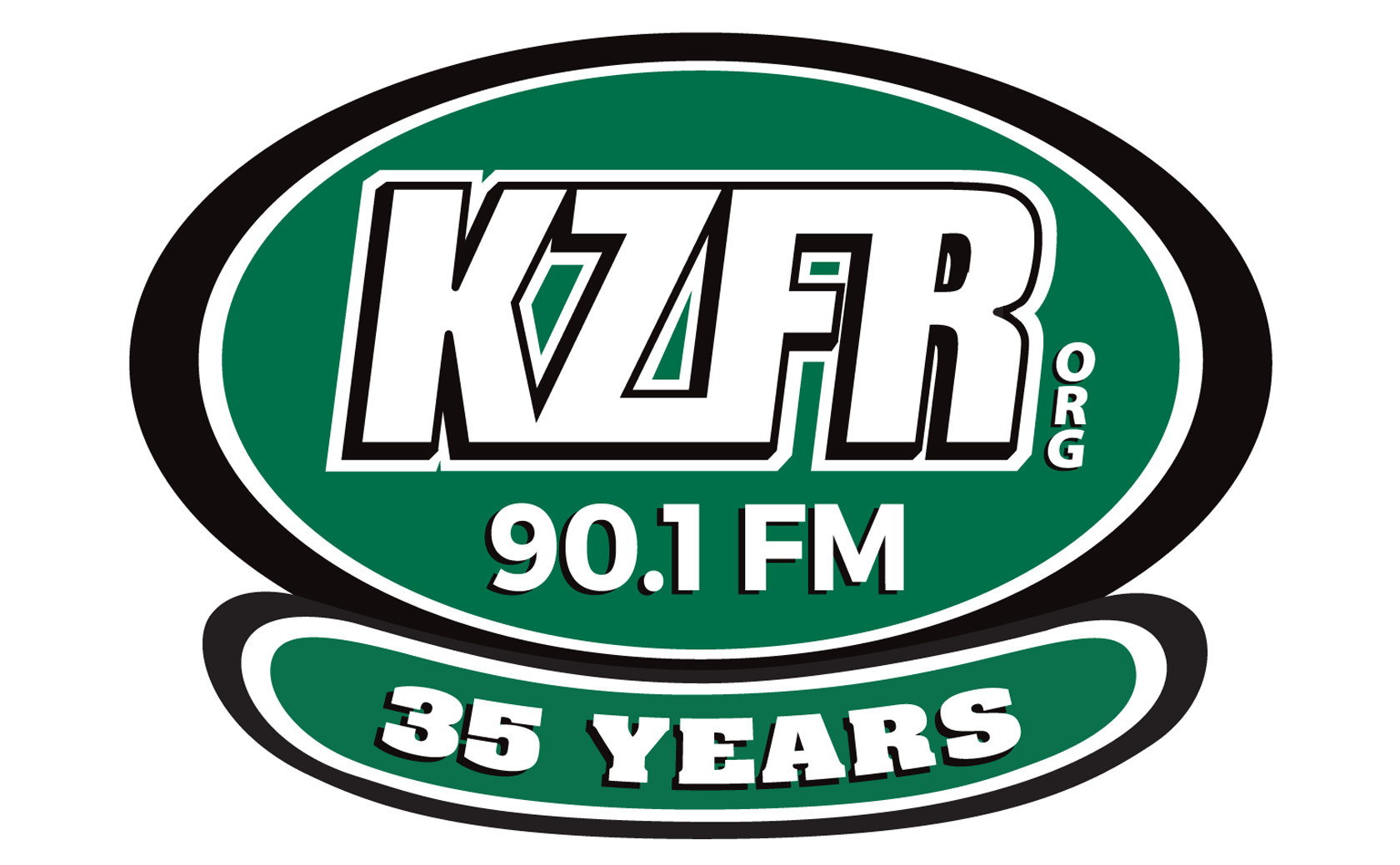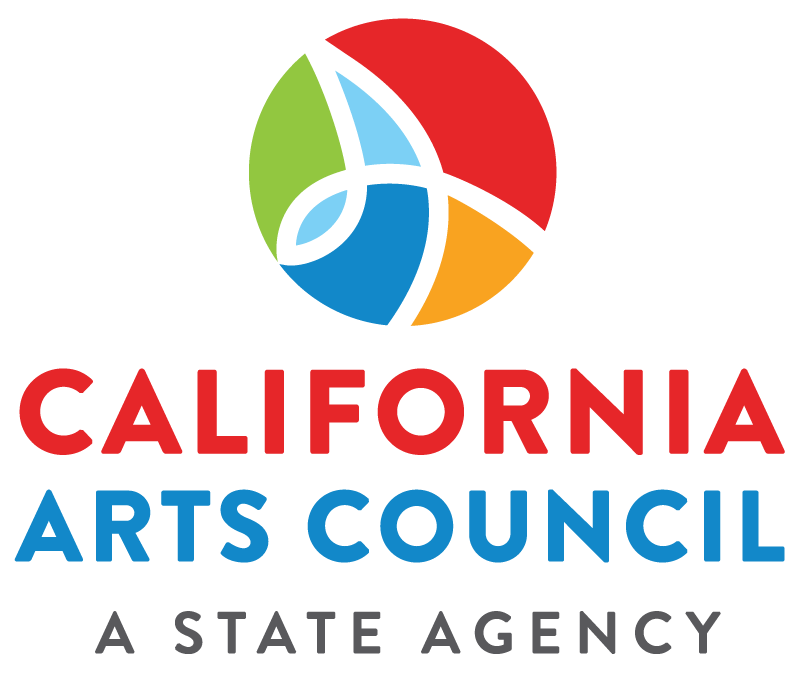Woody Comes to Chico, 1938
Due to the combined hardships of the Great Depression and ongoing drought many people from Oklahoma, Texas, Arkansas, and Missouri packed up their belongings and traveled west in search of work. An estimated four hundred thousand made their way to California in the 1930’s. Already a rambler but with more justification this time, Woody Guthrie hoboed his way from Texas to Los Angeles in 1936 where he eventually formed a musical duo with his cousin Jack Guthrie. They performed country-western tunes around town and had a show on radio station KFVD.
Jack Guthrie’s best friend, a construction worker named Roy Crissman, had come to California from Missouri with his wife and two daughters in 1932. Maxine, the oldest daughter, sang and played guitar and saxophone. She was just out of high school and working in a dress factory when Jack first brought Woody over to meet the Crissman family in Glendale. One evening Woody and Maxine began singing old songs and their harmonies were a perfect two-part musical fit; her alto to his bluegrass tenor. After that evening Jack and Woody had her appear occasionally on their radio show and when Jack decided that he needed to leave the show to earn more money in construction Woody had Maxine step in to take Jack's place.
He introduced Maxine as "Lefty Lou from ol’ Mizzou…she’s long winded and left-handed, and she can jump a six-rail fence with a bucket of milk in each hand and never cause a ripple…” He didn’t mention how young and attractive she was. They soon replaced Jack’s country-western songs with the old-style tunes that Maxine liked; tunes such as "A Picture from Life's Other Side," and “Red River Valley.” Maxine recalled in an interview:
“When we first started out, we didn't have too many songs; then that was how Woody started putting his own version to original old songs. And then after a while we ran out of those, and he started writing his own. And he came up with "Oklahoma Hills" and "Reno Blues," and all those came about by accident, by [being inspired by] newspaper clippings…”
And Woody soon began to perform some of his more pointed tunes as well; songs like “Talking Dustbowl Blues” and “Do Re Mi” which spoke of the harsh reality behind the myth of California as the “Promised Land.” It was a perspective that was not lost on their audience.
There were no scripts, song lists or rehearsals. Woody would spin tall tales, sing requests and read letters from listeners. His down-home humor enabled him to express and promote his progressive “populist” political and social views in an inoffensive, entertaining way. He had as many as three 15 minute shows during each broadcast day but the most popular one was the late night one he shared with Lefty Lou. They received over a thousand letters per month from listeners and soon became so successful bringing in advertisers that Woody was able to bring his wife and children to Los Angeles in 1937.
By the spring of 1938 however, both Woody and Maxine were tiring of the daily broadcast schedule and they took leave from KFVD. The radio station’s owner though had started a small progressive newspaper, “The Light,” to counter the right-wing perspectives of L.A.’s two daily papers. He made Woody a volunteer roving reporter. Woody immediately hopped a box car along with Maxine’s unemployed father, Roy. They headed north into the central valley. Very quickly they landed in Chico and spent a week here. Roy liked the area so much that he decided to go back to southern California where he packed his family up and moved them all to Chico. Before he and Woody split up they agreed to meet again in one month under the elms in Chico’s downtown plaza park. After his traveling partner returned to southern California to move his family north Woody Guthrie continued his trek throughout the central valley of California staying and singing with farm workers in labor camps, living under bridges, hanging out in 'Hoovervilles', writing in his notebooks, and sending his reports off to “The Light.”
On July 25,1938 he met up again with the Crissman clan as pre-arranged in Chico’s downtown Plaza Park. He joined them at the camp they shared with other struggling migrant families. For two weeks he stayed with the Crissmans spending his days fishing and his nights singing around the campfire with Maxine. There's a photo in the archive of the Woody Guthrie Center's "Lefty Lou & Woody Collection" that shows Woody and Maxine in a shaded campground. Written on the back: "First day at Chico, Calif- State Park 5 miles west of Chico on Sacramento River. July 1938. L-R The car W & L used to drive to KFVD, Woody, Jackie Cayer [a child], Maxine Crissman."
Biographer Joe Klein calls the campground a “state park along the Sacramento River.” This might not be possible since there weren’t any official state-owned parks along the Sac in 1938. There was plenty of space though and quite a few homesteads were established along the banks during the late 30’s and early 40’s. But at some point they probably moved closer to town. More likely Woody eventually joined the hundreds (and at times thousands, according to local newspapers) of other homeless migrants who were camped along Lindo Channel. Or perhaps he was somewhere along Big Chico Creek? Maybe even in Chico’s municipal park, Bidwell Park? In the Guthrie Center's archive there are two other photos: One of Woody and little Jackie Cayer "playing in Bidwell Park", and one of a car and trailer in the park with a small campsite. Both labeled "Summer, 1938." In 1938 Bidwell Park was still a mostly unimproved nine miles of wilderness. It would have been a more convenient campsite, much closer to town, and it’s not difficult to imagine Woody ambling through the park making his way downtown to mingle and perform. It also would have been wonderfully coincidental that within 10 months of each other, two heroes of social justice and the working class, Robin Hood and Woody, would make their temporary camps in Bidwell Park! (In the fall of 1937 Errol Flynn’s “The Adventures of Robin Hood” was filmed in the park).
Woody’s other biographer Ed Cray points out that while in Chico, Woody and the Crissmans had to resort to stealing ripe peaches from local orchards in order to eat. The peaches were ready for picking but in order to keep the prices high the farmers would let most rot. Woody wrote: “It was peach-picking season, but a million carloads of good peaches were going to rot and nobody hiring to pick them.” This revelation had a major impact on him. Cray writes that when added to “the squalor and deprivation that he saw…it rasped him. Twenty-six-year-old Woody Guthrie was angry.” And his anger surfaced repeatedly in the new compositions that he produced in the coming months. “Ain’t Got No Home in This World Anymore”, “Gypsy Davy”, and “Dust Bowl Refugee” all share a bitterness and rage that isn’t found in his earlier songs.
I'm a dust bowl
refugee,
Just a dust bowl refugee,
From that dust bowl to the peach bowl,
Now that peach fuzz is a-killin' me
From the south land
and the drought land,
Come the wife and kids and me,
And this old world is a hard world
For a dust bowl refugee
With his sense of economic and social injustice heightened and amplified, Woody left Chico traveling east through Nevada to Oklahoma then returning along Route 66 back to southern California. That fall, by box car and thumb he headed north again with actor / organizer Will Geer to perform in labor and migrant camps across the state. On their way to Redding to perform for the construction workers building Shasta Dam they stopped in Chico. Woody was hoping to convince Maxine to rejoin him in Los Angeles at KFVD where he had been offered a new timeslot. But Maxine was suffering from anemia that had left her too weak to sing for very long. She also had fallen in love with a local guy, a mechanic named Pat Dempsey. She declined Woody’s offer but before he left town “Woody & Lefty Lou from ol’ Mizzou” did sing together ‘professionally’ one last time; in a Chico bar where they passed a hat and collected a few dollars each.
Lefty Lou and her family did stay in the Chico area. She married Pat Dempsey and the family leased a dairy farm. The Guthrie Center archives have a number of photos taken of her family at "Wilson Ranch." In some of them Woody's cousin Jack is present.
Sources:
Joe Klein “Woody Guthrie: A Life” (Alfred A. Knopf, 1980).
Ed Cray “Ramblin’ Man: The Life and Times of Woody Guthrie” (W.W.
Norton & Co. 2004).
Richard Reuss “American Folklore and Left-Wing Politics: 1927-1957”
(Indiana University, 1971).









